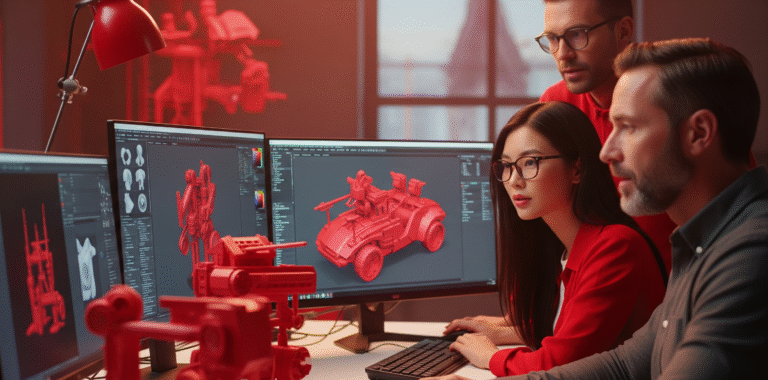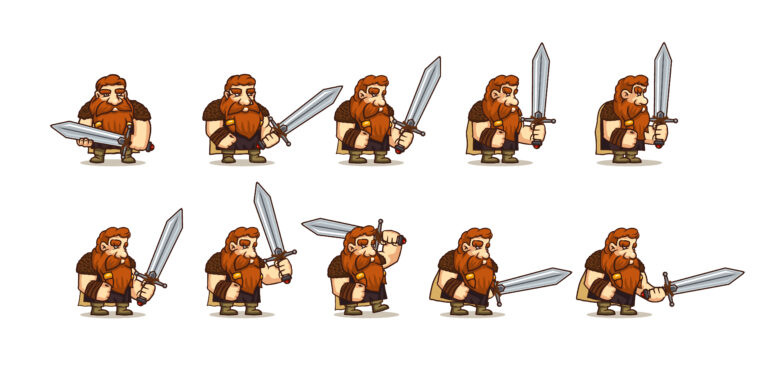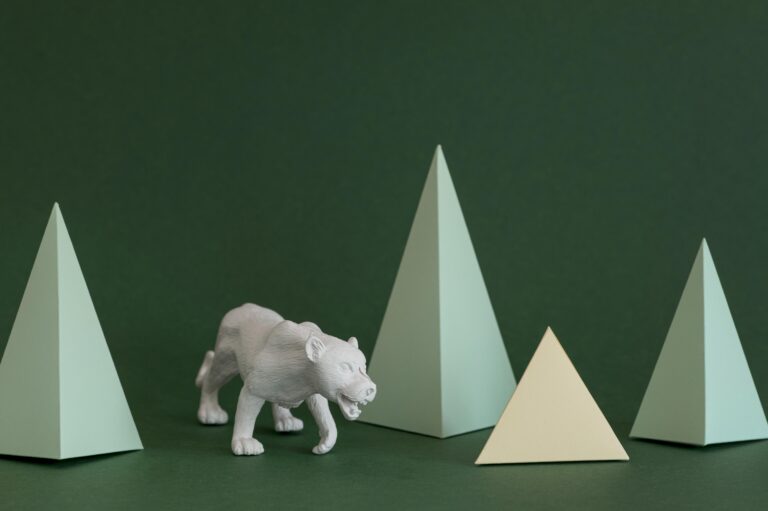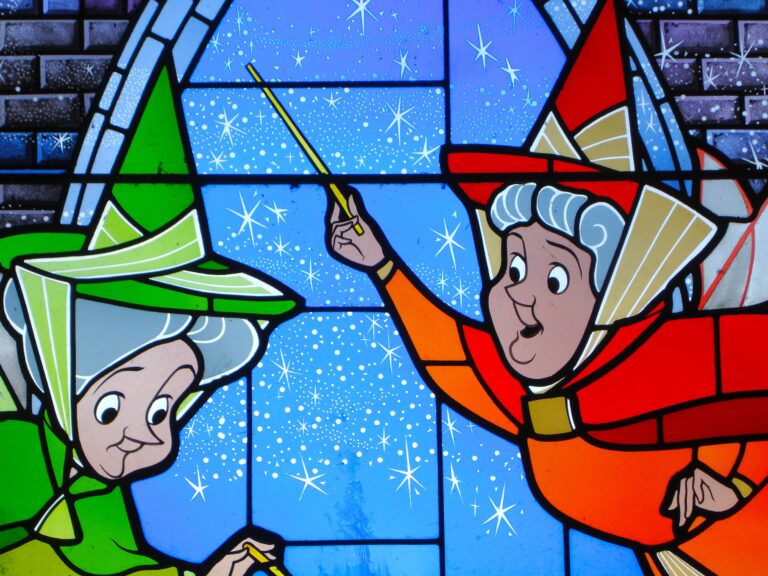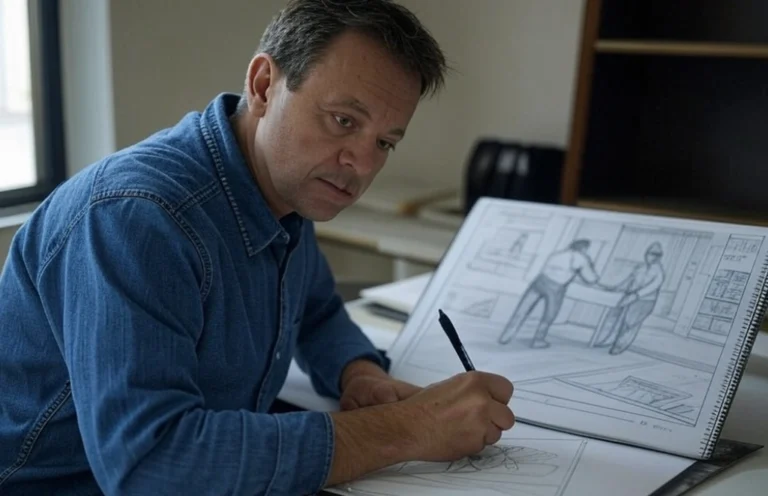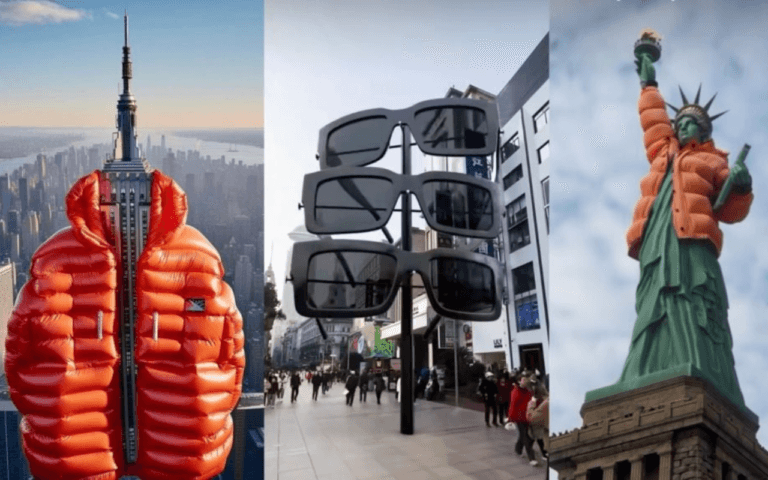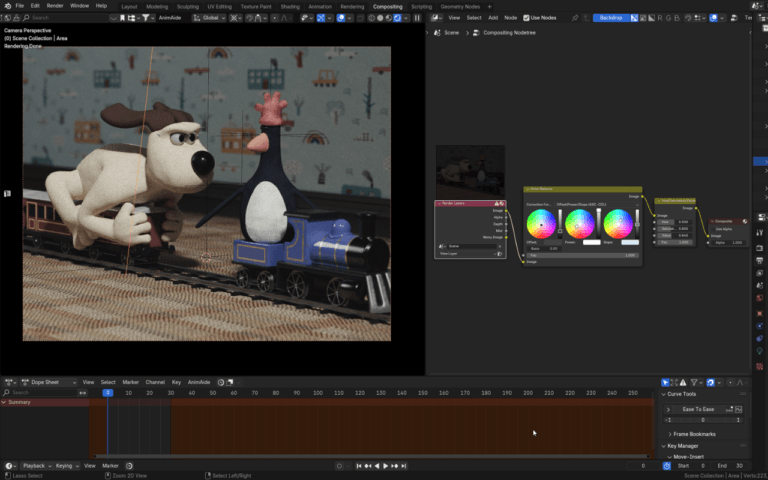In the fast-paced world of technology and visual arts, choosing the right animation software is vital for every artist and studio!
Maya and Blender, top-tier 3D modeling and animation software, are among the industry’s most favored platforms.
While Maya excels in complex animations and character rigging, which is ideal for professionals and large studios, Blender offers an open-source and free platform with a supportive community and frequent updates, which is perfect and cost-effective for new artists and hobbyists.
Is Maya the ultimate choice, or does Blender take the crown? Let’s compare the features of these two reigning platforms, user interfaces, creation capabilities, and animation tools to discover which best suits your production needs.

Need 3D Animation Services?
Visit our 3D Animation Service page to see how we can help bring your ideas to life!
User Interface and Workflow
The user interface is the gateway to an artist’s creativity. How easy to understand the interface is. And how well each tool is placed are key factors for this comparison. Both Blender and Maya present unique approaches to interacting with their tools.
Blender sports a sleek, modern interface with a customizable workspace, allowing users to adapt the layout according to their preferences. On the other hand, Maya features a more traditional UI, which has evolved over the years and caters to the preferences of seasoned professionals. We’ll explore the navigation, toolsets, and learning curves for newcomers to these 3D modeling software.
Blender's User Interface and Workflow
Blender’s UI underwent a major overhaul with the introduction of version 2.8, making it more modern, visually appealing, and user-friendly. The UI is designed with efficiency in mind, presenting users with a clean and minimalistic layout. It features a dark theme by default, favored by many artists, as it reduces eye strain during long working hours.
Additionally, Blender allows users to customize the workspace, rearranging and creating custom panels to suit individual workflows.
One of Blender’s standout features is its reliance on a right-click select system, which might take some getting used to for those migrating from other software. However, this approach provides quick access to context-sensitive menus and significantly speeds up the workflow once mastered. Blender also supports keyboard shortcuts and customizable hotkeys, empowering users to tailor the software to their needs.

Maya's User Interface and Workflow
Maya’s UI, while less visually sleek than Blender’s, has evolved over the years to become more streamlined and efficient. It maintains a traditional layout, often appealing to experienced professionals who have been using Maya for a long time. The UI incorporates various menus and panels, providing access to various tools and features.
Maya follows the standard industry practice of left-click selection, which aligns with most other 3D software; this can be more familiar to users transitioning from other applications.
The software allows users to create custom shelves and panels, offering a degree of personalization for individual workflows. Maya’s UI also supports extensive customization of keyboard shortcuts, enabling users to configure the software to match their preferred setup.

Modeling Tools and Capabilities
Modeling is at the core of 3D content creation, and the modeling tools and capabilities of Blender and Maya play a significant role in shaping the efficiency and creativity of artists.
Each software offers diverse tools and techniques for creating 3D models, catering to different modeling styles and project requirements and trying its best to decrease the length of crafting assets.
Blender's Modeling Tools and Capabilities
Blender is renowned for its versatile modeling capabilities, making it a popular choice for beginners and experienced 3D artists. It offers a comprehensive set of polygonal modeling tools, enabling artists to create intricate 3D shapes using edge loops, extrusions, bevels, and more.
Blender’s powerful snapping tools facilitate precise alignment and placement of vertices, edges, and faces, streamlining the modeling workflow.
One of Blender’s standout features is its sculpting mode, which allows artists to shape and refine models as if they were working with digital clay. This feature is useful for creating organic and detailed characters, creatures, and objects.
Blender’s sculpting tools offer various brush types and dynamic topology, providing artists with an immersive and intuitive sculpting experience.
Blender also boasts advanced modeling tools like the Remesh modifier, allowing for automatic retopology, and the Bevel modifier, creating smooth and beveled edges.
Blender also supports creating procedural models through its powerful modifier stack, empowering users to generate complex geometry using non-destructive methods.

Maya's Modeling Tools and Capabilities
With its long-standing presence in the industry, Maya excels in precision modeling and NURBS (Non-Uniform Rational B-Splines) modeling.
NURBS provides mathematical representations of curves and surfaces, allowing for smooth and accurate modeling, making it the preferred choice for automotive and industrial design industries. Maya’s NURBS tools offer excellent control over curves and surfaces, enabling artists to create detailed and precise 3D models.
Maya’s polygonal modeling tools are also robust, providing a wide array of tools for creating, editing, and refining polygonal geometry. It includes standard tools like extrude, bevel, and bridge, along with advanced features like multi-cut, interactive edge loop, and Quad Draw, enhancing the efficiency and speed of the modeling process.
Maya offers a dedicated sculpting toolset called the Sculpt Geometry Tool, allowing artists to add finer details and make artistic changes to models. While it may not be as extensive as Blender’s sculpting mode, Maya’s sculpting tools can still be effective for certain modeling tasks.

Animation and Rigging
Animation and rigging are essential components of 3D content creation, breathing life into static models and enabling them to move and interact in a virtual environment. Blender and Maya offer robust animation and rigging tools, each with strengths and capabilities, catering to different animation styles and project requirements.
Blender's Animation and Rigging
Blender’s animation tools provide a powerful and flexible framework for animating 3D characters, objects, and scenes. The software supports both keyframe and procedural animation.
Offering a variety of animation curves and interpolation methods for creating smooth and dynamic movements. Animators can manipulate keyframes easily through the graph editor, providing precise control over timing and easing.
Blender’s rigging system, called the Armature system, is based on bones and inverse kinematics (IK), allowing artists to create complex character rigs efficiently. Blender provides several automatic rigging options, such as Rigify, which can generate a basic humanoid rig that can be customized per the character’s requirements.
Blender’s weight painting tools also allow animators to define how the mesh deforms when the rig is animated, ensuring smooth and natural movement.
Regarding 3D character animation services, Blender offers a powerful feature called the Grease Pencil, which allows artists to create 2D animations directly in the 3D viewport. This feature opens creative possibilities for artists, especially in 2D-3D hybrid animations.

Maya's Animation and Rigging
Maya is widely regarded as an industry-standard software for animation and rigging, frequently used in film, gaming, and visual effects industries.
Maya’s animation tools offer comprehensive features, including advanced keyframe editing, animation layers, and motion capture workflows. Its graph editor provides in-depth control over animation curves, easing, and tangents, facilitating precise animation control.
As for rigging capabilities, Maya is one of its standout features. The software offers a versatile and robust character rigging system, allowing for sophisticated character control and deformation. Animators can create complex rigs using various IK solvers, constraint systems, and expressions to automate and streamline the animation process.
Additionally, Maya supports HumanIK, a powerful middleware system for creating and retargeting character animations, which is beneficial for studios working on multiple projects with different characters.

What are The Differences?
Both software offers strong solutions for character animation and rigging tasks when comparing Blender and Maya’s animation and rigging capabilities.
Blender’s animation tools are well-suited for character animation and can be used effectively for other forms of animation. Its Grease Pencil feature adds a unique dimension to the animation process, appealing to artists who want to incorporate 2D elements in their 3D projects.
Maya’s animation and rigging tools are highly regarded in the industry and offer a comprehensive set of features for character animation. Its robust character rigging system and support for HumanIK make it a top choice for studios and projects that require sophisticated character animation and retargeting.
Pricing and Licensing
The financial aspect of choosing software is often a significant consideration for artists and studios. Blender’s greatest advantage lies in its open-source nature, providing free access to all its features. On the other hand, Maya follows a commercial licensing model, offering various subscription tiers for users. We’ll analyze the costs of each software and examine how they cater to individual users and studio requirements.
Pros and Cons
When comparing Blender and Maya, it’s essential to weigh their strengths and weaknesses. While both are great at creating game-ready assets, Each software offers unique advantages and limitations that can significantly influence the user’s choice based on their needs and project requirements.
Blender:
Pros:
- Open-Source and Free: One of the most significant advantages of Blender is its open-source nature, which means it is free for all users. This accessibility has contributed to a thriving and passionate community, fostering continuous development and a wealth of user-generated resources.
- Versatility: Blender’s all-in-one approach makes it versatile software suitable for various aspects of 3D content creation, including 3D character modeling services, animation, rendering, and compositing. Its sculpting, VFX, and simulation capabilities further expand its potential for diverse projects.
- Active Community and Support: The Blender community is known for its active and helpful nature. Users can access abundant tutorials, forums, and add-ons created by fellow artists, which significantly aids learning.
- Customizability: Blender’s UI and workflow can be extensively customized, allowing users to adapt the software to their preferences and needs. Custom shortcuts, add-ons, and personalized layouts enhance productivity and user experience.
Cons:
- Learning Curve: For users transitioning from other software, Blender’s UI and right-click selection system may have a steeper learning curve. It can take time for new users to become familiar with its unique approach to interaction.
- Industry Recognition: While Blender has seen substantial growth in popularity and adoption, it might still need some support in certain industries where Maya and other commercial software have a more established presence.
Maya:
Pros:
- Industry-Standard: Maya is a widely recognized and industry-standard software commonly used in film, gaming, and visual effects industries. Its reputation as a reliable and robust tool has earned it a significant presence in professional studios.
- NURBS Modeling: Maya’s NURBS modeling capabilities create smooth and accurate surfaces, making it a preferred choice for industries requiring precise and high-quality designs, such as automotive and industrial design.
- Animation and Rigging Tools: Maya’s animation and rigging tools are highly regarded and offer comprehensive features, enabling sophisticated character animation and automation of animation tasks.
Integration with Other Autodesk Products: Maya seamlessly integrates with other Autodesk products like Autodesk MotionBuilder and Autodesk Mudbox, enhancing collaborative workflows for large-scale projects.
Cons:
Commercial Licensing: One of the major drawbacks of Maya is its commercial licensing model, which means users need to purchase a license or subscribe to a subscription plan, making it a more significant financial investment compared to Blender’s free availability.
- UI Complexity: While Maya’s UI has improved over the years, some users might still find it less user-friendly or visually appealing than Blender’s modern interface.
Conclusion
In conclusion, Maya and Blender are powerful 3D software, each with unique strengths. Maya excels in precision modeling and character animation, favored by professional studios. At the same time, Blender’s versatility, open-source nature, and active community make it a cost-effective choice for independent artists and beginners.
Your decision is crucial especially when you are starting as a 3D artist. The decision depends on individual preferences and project requirements, but both softwares empower artists to bring their creative visions to life in 3D content creation.

